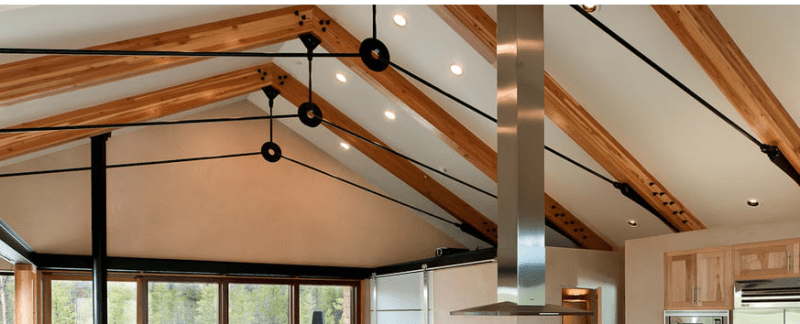I'm looking for some help in someone pointing me in the right direction of a supplier
who deals in architectural grade cables, clevises and cable attachments. Someone who can
supply a CABLE (not a rod) for a truss like this......(see attached). Thanks in advance.
Preferably in the continental US.

who deals in architectural grade cables, clevises and cable attachments. Someone who can
supply a CABLE (not a rod) for a truss like this......(see attached). Thanks in advance.
Preferably in the continental US.

